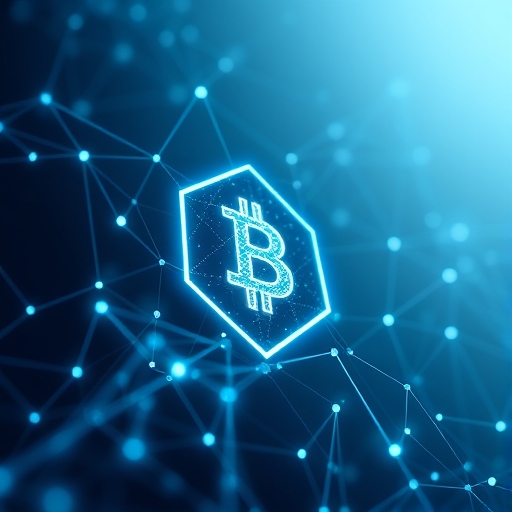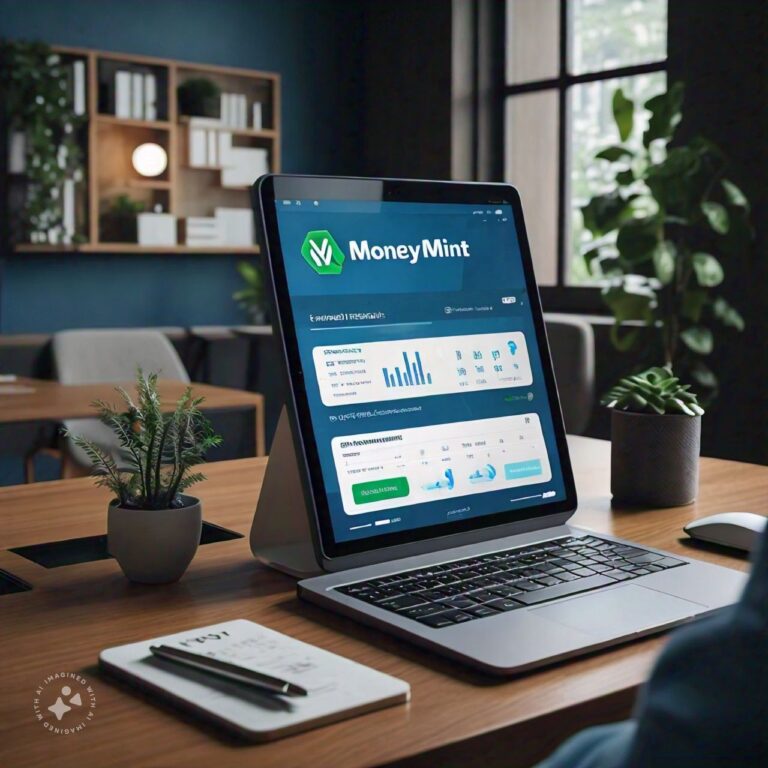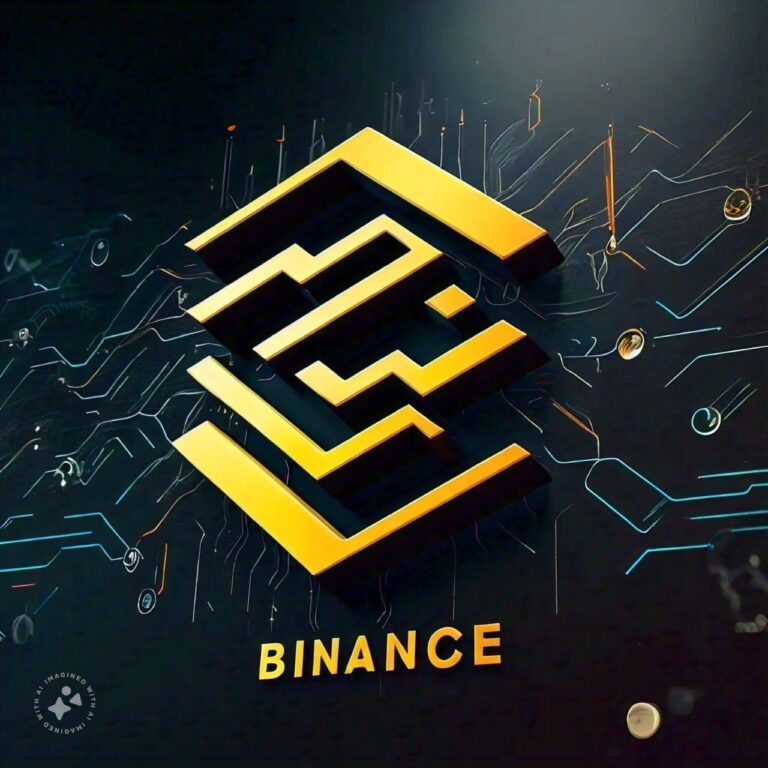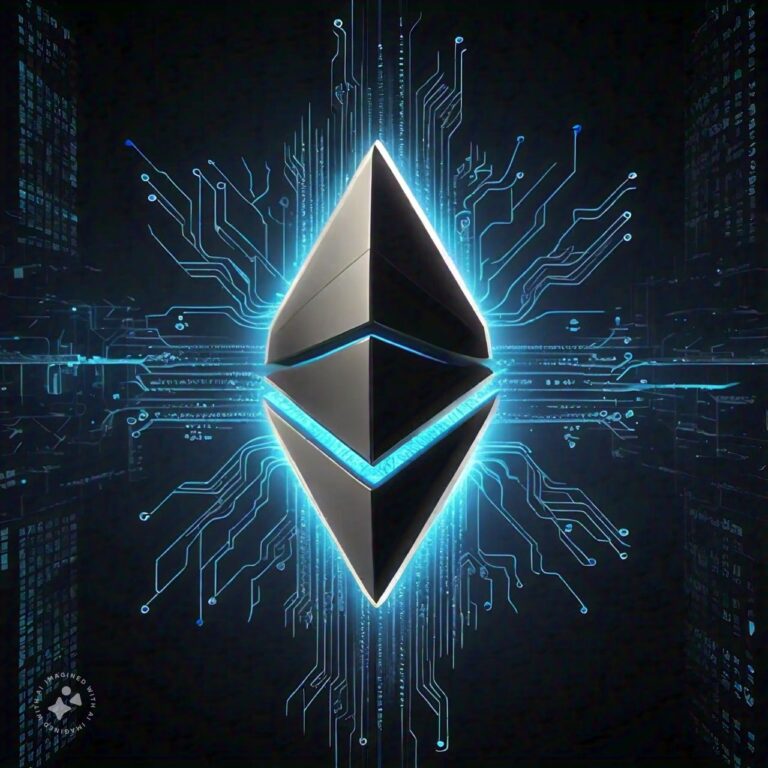Bitcoin Real or Fake
Bitcoin represents a revolutionary shift in finance, offering a decentralized alternative to Bitcoin Real or Fake traditional currencies and financial systems . It is often seen as a symbol of financial freedom and technological innovation. However, its adoption requires understanding the risks and responsibilities that come with this new form of money.
s. It is often seen as a symbol of financial freedom and technological innovation. However, its adoption requires understanding the risks and responsibilities that come with this new form of money.
What is Bitcoin?
Bitcoin is a decentralized digital currency that allows people to send and receive money over the internet without needing a trusted third party, such as a bank or payment processor. It is the first and most widely recognized cryptocurrency, created in 2009 by an anonymous person or group known as Satoshi Nakamoto.
Key Features of Bitcoin:
Decentralization:
- No central authority (like a government or bank) controls Bitcoin.
- It operates on a peer-to-peer network, meaning users communicate and transact directly.
Blockchain Technology:
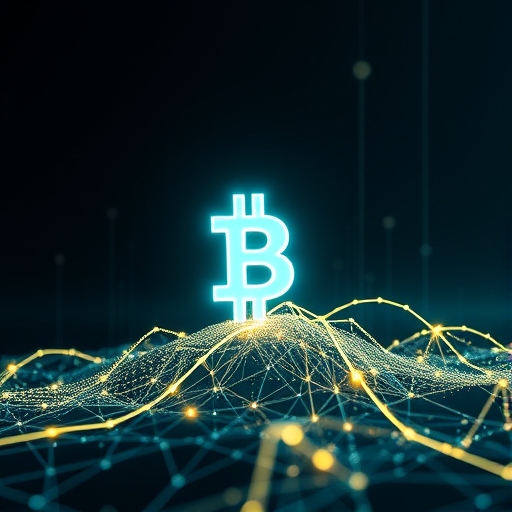
Bitcoin transactions are recorded on a public ledger called the blockchain. The blockchain is maintained by a network of computers (nodes) worldwide, ensuring transparency and security.
Digital and Finite:
- Bitcoin exists only digitally—there are no physical Bitcoins.
- The supply of Bitcoin is capped at 21 million coins, ensuring scarcity.
Security:
- Transactions are verified through a process called mining, which involves solving complex mathematical problems.
- Bitcoin uses cryptographic techniques to secure transactions and wallets.
Global Currency:
- Bitcoin can be sent anywhere in the world without the need for currency conversion.
- It operates 24/7 without relying on banking hours.
Why Bitcoin Is Important?
Alternative to Traditional Money: Bitcoin challenges the traditional financial system by offering a decentralized and borderless currency. Investment Asset: Many people treat Bitcoin as “digital gold” because of its scarcity and potential to store value. Financial Inclusion: It provides access to financial services for people without access to traditional banking.
How to Use Bitcoin?
- Storage: Use a digital wallet (software or hardware) to store Bitcoin securely.
- Transactions: Use it for online shopping, remittances, or donations.
- Investments: Trade Bitcoin on cryptocurrency exchanges.
Bitcoin Real or Fake
Bitcoin is real—it is a decentralized digital currency that operates without a central authority or intermediary, using blockchain technology to verify and record transactions. However, due to its virtual nature, Bitcoin often attracts scams and misconceptions, which can lead some to question its legitimacy.
How Does it Works?
Bitcoin operates using a combination of blockchain technology, cryptography, and a decentralized network of participants. Here’s a simplified explanation of how it works:
1. The Blockchain
The blockchain is a public, digital ledger that records all Bitcoin transactions.
- How it Works:
- Every transaction is grouped into a block.
- Blocks are linked in chronological order to form a chain (hence the name “blockchain”).
- This ledger is distributed across thousands of computers (called nodes) worldwide, ensuring it cannot be tampered with.
2. Transactions
A Bitcoin transaction involves sending Bitcoin from one wallet to another.
- Bitcoin Wallets:
- A wallet is a digital address where Bitcoin is stored.
- It has two components:
- Public Key: The address you share with others to receive Bitcoin.
- Private Key: A secret key that allows you to spend or transfer Bitcoin.
- Sending Bitcoin:
- When you send Bitcoin, the transaction is broadcast to the network.
- The network validates the transaction to ensure the sender has enough funds and the private key is valid.
3. Mining
Mining is the process of validating transactions and adding them to the blockchain.
- How It Works:
- Miners use powerful computers to solve complex mathematical problems.
- The first miner to solve the problem gets to add a new block of transactions to the blockchain.
- As a reward, the miner earns newly created Bitcoin and transaction fees.
- Why It’s Secure:
- The computational difficulty ensures that no single entity can control the blockchain.
- Once a block is added, altering it would require re-mining all subsequent blocks, which is nearly impossible.
4. Decentralized Network

Bitcoin operates on a peer-to-peer network without a central authority.
- Nodes:
- Nodes are computers running Bitcoin software.
- They verify transactions and maintain a copy of the blockchain.
- This decentralization prevents censorship and ensures Bitcoin’s resilience.
. Supply Control
Bitcoin’s supply is limited to 21 million coins.
- Halving:
- The reward miners receive for mining new blocks is halved roughly every four years.
- This reduces the rate of new Bitcoin creation and contributes to its scarcity.
Example of a Bitcoin Transaction:
- Alice wants to send 0.5 BTC to Bob.
- Alice uses her wallet software to create a transaction, signing it with her private key.
- The transaction is broadcast to the Bitcoin network.
- Miners validate and include the transaction in a block.
- Once the block is confirmed, Bob receives 0.5 BTC in his wallet.
Why People Use Bitcoin
- Fast Transactions: No need for intermediaries like banks.
- Low Fees: Often cheaper than traditional payment methods, especially for international transactions.
- Security: Cryptographic protection and decentralization make it hard to hack or counterfeit.
- Transparency: Anyone can view the blockchain to verify transactions.
Bitcoin’s innovative system is the foundation of the cryptocurrency market, enabling trustless, borderless financial exchanges globally.
Conclusion
In conclusion, Bitcoin is a groundbreaking innovation that has transformed the way we think about money, transactions, and decentralized systems. By leveraging blockchain technology, cryptography, and a global peer-to-peer network, Bitcoin enables secure, transparent, and borderless financial exchanges without the need for traditional intermediaries like banks.
Frequently Asked Question
1. What is Bitcoin?
Bitcoin is a decentralized digital currency that allows peer-to-peer transactions without intermediaries like banks or governments. It operates on blockchain technology.
2. Who created Bitcoin?
Bitcoin was created in 2009 by an anonymous person or group using the pseudonym Satoshi Nakamoto.
3. How does Bitcoin work?
Bitcoin works using blockchain technology, where transactions are recorded on a public ledger. Miners validate transactions through a process called mining, securing the network and earning Bitcoin as a reward.
4. Is Bitcoin safe?
Bitcoin itself is secure due to blockchain technology and cryptography. However, risks exist, such as scams, theft from insecure wallets, and price volatility.
5. How can I buy Bitcoin?
You can buy Bitcoin through cryptocurrency exchanges (e.g., Coinbase, Binance, Kraken) or peer-to-peer platforms. You’ll need a digital wallet to store it.
6. What is a Bitcoin wallet?
A Bitcoin wallet is a digital tool that stores your private keys, allowing you to access and manage your Bitcoin. Wallets can be software-based (mobile or desktop apps) or hardware devices.
7. How is Bitcoin different from traditional money?
- Bitcoin is decentralized, digital, and not tied to any government or central bank.
- Its supply is fixed at 21 million coins, making it immune to inflation.
- Transactions are irreversible and occur directly between users.
8. Is Bitcoin legal?
Bitcoin’s legality varies by country. In most places, it’s legal to own, trade, and use Bitcoin, but some countries have banned or heavily regulated it.
9. Can I lose my Bitcoin?
Yes. You can lose Bitcoin if you:
- Forget or lose access to your wallet’s private keys.
- Fall victim to phishing scams or hacking.
- Send Bitcoin to an incorrect address (transactions are irreversible).
10. What is Bitcoin mining?
Mining is the process of validating transactions and adding them to the blockchain. Miners use powerful computers to solve complex problems and earn new Bitcoin as a reward.
11. Why is Bitcoin’s price so volatile?
Bitcoin’s price fluctuates due to factors like:
- Limited supply and growing demand.
- Market speculation.
- Regulatory news and adoption trends.
- Lack of price stability mechanisms.
12. Can Bitcoin be used for everyday purchases?
Yes, but its acceptance is still growing. Some merchants and platforms accept Bitcoin for goods and services, and you can convert it to fiat currency for everyday use.
13. What happens when all 21 million Bitcoin are mined?
Once all Bitcoin are mined (expected around 2140), miners will rely solely on transaction fees for revenue. Bitcoin’s network will still function as long as users continue to transact.
14. Is Bitcoin environmentally friendly?
Bitcoin mining consumes significant energy, leading to criticism over its environmental impact. Efforts are underway to promote greener mining practices.
15. Can Bitcoin be hacked?
While the Bitcoin network itself is nearly impossible to hack due to its decentralized and secure design, individual wallets and exchanges can be vulnerable if not properly secured.

